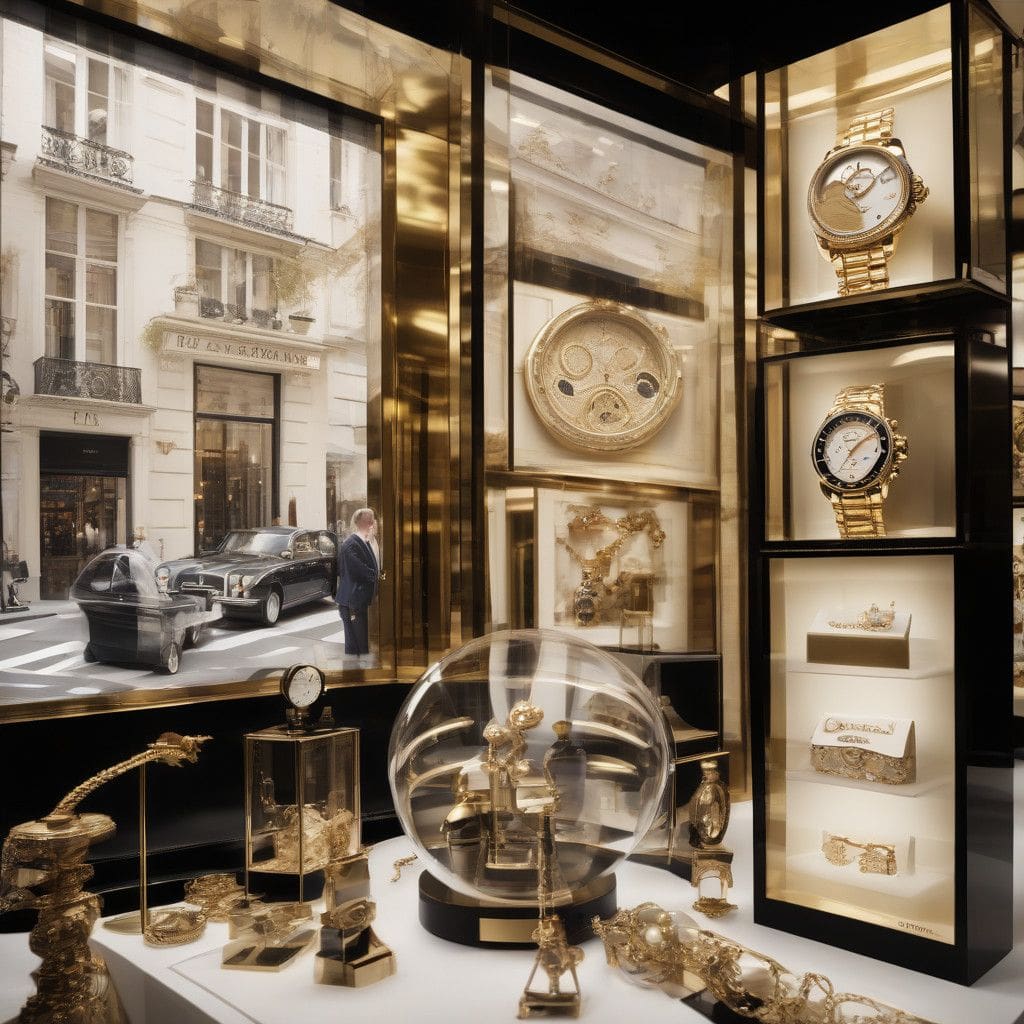The luxury goods sector is facing significant challenges, as highlighted by Frédéric Grangié, president of Chanel Watches and Jewellery, in a recent interview with Swiss newspaper Le Temps. According to Grangié, the predominant issue plaguing the industry is not just external economic factors or wavering markets like China; rather, it is a deep-seated “luxury fatigue” among consumers. This sentiment raises critical concerns about the future landscape of luxury retail.
Grangié connects the dots between current market behaviors and the concept of luxury becoming overly commercialized. He remarked, “Customers are tired of being bludgeoned by luxury.” This fatigue indicates a shift in consumer values, where the allure of exclusivity and grandeur is being overshadowed by a sense of trivialization and overexposure. The once coveted status associated with luxury brands is dwindling, prompting an inevitable reinvention in the way luxury companies engage with their clientele.
A significant contributor to this trend is what Grangié refers to as the “trivialisation of luxury.” When luxury goods become ubiquitous and easily attainable, they lose their essence. For many consumers, the thrill associated with owning exclusive items evaporates, leading to the unfortunate conclusion: a loss of loyalty towards brands that do not align with emerging consumer expectations. This growing phenomenon can lead to prolonged economic downturns for luxury brands, especially if they continue to pursue aggressive distribution channels.
Chanel, however, is positioned uniquely within this challenging environment. The brand maintains a careful balance with a more exclusive store network when compared to competitors. Grangié notes that Chanel’s footprint in China is significantly smaller—three to four times less than that of its rivals—thereby shielding the brand from the current luxury spending slowdown in a market known for its volatile luxury consumer base. This strategic positioning allows Chanel to retain an air of exclusivity while still participating in the lucrative market.
Chanel’s family ownership model also plays a crucial role in its ability to prioritize long-term strategies over short-term gains. Grangié implies that this outlook helps to fortify the brand against the immediate pressures faced within the luxury sector. In essence, while competitors may prioritize volume sales to keep their coffers full, Chanel appears committed to safeguarding its heritage and ensuring that its products continue to resonate on a deeper level with consumers.
The forecast isn’t entirely bleak for the luxury industry. Grangié expresses a cautious optimism for brands that maintain exclusive distribution channels. Such brands may emerge stronger as they adapt to the shifts in consumer sentiment and sector dynamics over the coming years. Through selective, deliberate growth strategies that focus on quality and exclusivity, it is possible for luxury brands to reconnect with their clientele.
The combination of economic headwinds, rising prices, and a lack of innovative designs is complicating the recovery process within the luxury segment. Grangié’s warnings suggest that the next two years will likely be characterized by continuing difficulties, particularly for brands that ignore the reasons behind the rising consumer fatigue.
Luxury brands must pivot and rethink their approach to engaging consumers. For instance, brands can facilitate experiences that evoke feelings of exclusivity and personalization. Creating limited-edition products or special collaborations can serve to rekindle interest and excitement. The trendy practice of storytelling and artisanal craftsmanship as selling points can significantly bolster brand perception and desirability.
Additionally, brands may benefit from focusing on sustainability and ethical production methods as consumers increasingly seek transparency and responsibility from the entities they support. Brands like Gucci and Stella McCartney are already leading this charge and setting examples for how to integrate ethical practices into luxury retail models.
The luxury sector stands at a crucial juncture where understanding and addressing the evolving expectations and fatigue of consumers will dictate the direction of the industry. As long as brands remain attuned to these changes and maintain their commitment to authenticity, the fundamental values that define luxury can remain intact. After all, genuine luxury will always thrive when it offers not just products, but also experiences that resonate deeply with the consumer’s identity and aspirations.
With careful navigation, the next phase could present opportunities for reinvention and growth, revitalizing a sector beautifully entrenched in history and heritage.












